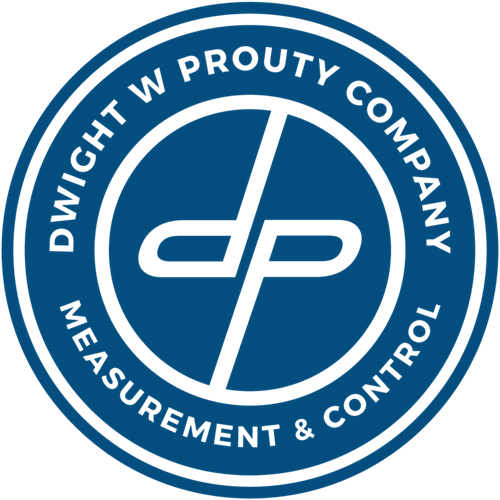Model Q46C4 4E Conductivity Monitor
Brand: Analytical Technology IncWhile the theory of monitoring conductivity is simple, in practice it can be very frustrating.
While simple 2-electrode sensors are inexpensive and can provide accurate data, continuous monitoring of even relatively clean water can foul the electrodes and degrade the measurement.
Maintaining accuracy is made more difficult when the amount of solids dissolved in the process varies over a wide concentration range.
ATI’s Q46C4 4-Electrode Conductivity Monitor is the answer for monitoring almost any water-based process.
Drinking water, plating bath solutions, cooling water, process wash water, or virtually any other aqueous system can be monitored accurately and reliably.
The unique drive/control scheme used in the 4-electrode system allows a single sensor to be used in conductivity ranged from 0-2,000 μS to as high as 0-2,000 mS (0-2 S.) For chemical mixing applications, a concentration display can be selected.
Features- Concentration version for direct display of chemical concentrations. Analog Output Options:
- Two isolated 4-20 mA outputs are standard, with an option for a third output if required. Default setting provides Analog outputs for conductivity and temperature. Extra Outputs:
- Expansion board to add a third 4-20 mA Analog output. Flexibility:
- Wide range capability, with selectable ranges of 0-2000 μS up to 0-2.000 S provide maximum application flexibility. AC or DC Power Options:
- Power options include universal 100-240 Vac +/- 10% or 12-24 Vdc. PID Output:
- Standard PID control function assignable to one Analog output. Digital Communications:
- Communication options for Profibus-DP, Modbus-RTU, or Ethernet-IP. Relay Contacts:
- Three SPDT relays are standard, with relay functions programmable for alarm, control, or trouble indication. Three additional low power relays available as an option. Flexible Mounting:
- NEMA 4X (IP-66) enclosure is suitable for wall, pipe or panel mounting. Clear Display:
- Back-lit large LCD display provides clear visibility in any lighting condition. A scrolling second line on the display provides additional information and programming prompts.
Specifications
Display Range
- 0-2000 μS
- 0-2.000 / 20.00 / 200.0 / 2000 mS
- 0-2.000 S
Accuracy
- 0.5 % of Selected Range
Repeatability
- 0.3 % of Selected Range
Non-Linearity
- 0.1 % of Selected Range
Temperature Drift
- 0.01 % of span/°C
Power
- 100-240 Vac ± 10 %, 50/60 Hz, 10 VA Max.
- 12-24 Vdc, 500 mA Max.
Analog Outputs
- Two Isolated 4-20 mA, 500 Ω Load Max. (3rd Output Optional)
Relays
- Three SPDT, Contacts Rated 6 amp @ 250 Vac, 5 amp @ 24 Vdc (3 Additional Low Power SPST Non-Isolated Relays Optional)
Display
- 4-digit, 0.75" Numeric LCD with 12 Character Second Line, LED Back Light.
Enclosure
- NEMA 4X Polycarbonate V-0 Flammability
Operating Conditions
- -20 to 60° C (-4 to 140° F)
Weight
- 6 lb (2.7 kg) with Sensor
Sensitivity
- 0.05 % of Span
Digital Output
- Profibus-DP, Modbus-RTU, or Ethernet-IP
Mounting
- Wall Mounting Kit Standard, Panel Mount Bracket and Pipe U-Bolts Available
Size
- 5.6" W x 4.9" H x 6.4" D
Sensor Type
- 4-Electrode
Sensor Materials
- PEEK with Titanium Electrodes
Sensor Cable Length
- 15 ft (4.6 m) Standard, 60 ft (18.3 m) Max. with Junction Box
Sensor Temperature Limits
- 0-125° C (14° to 257° F)
Sensor Pressure Limit
- 100 psig Max.
Sensor Connection
- 1" NPT for Convertible-Style
Flowcell Sensor
- 1-1/4" NPT with Quick Disconnect Cable
Sensor Temperature Element
- Pt1000 RTD
- Drinking Water
- Plating Bath Solutions
- Cooling Water
- Process Wash Water
- Most Other Aqueous Systems

/-Q46C4-4E-Conductivity-Monitor/488531_Q46C4_4E_Conductivity_Monitor_1.gif)